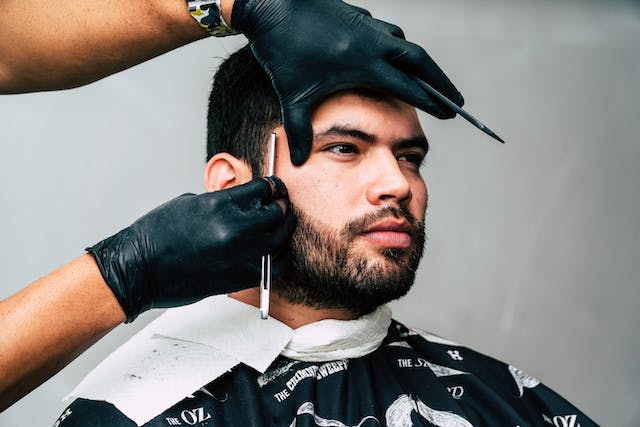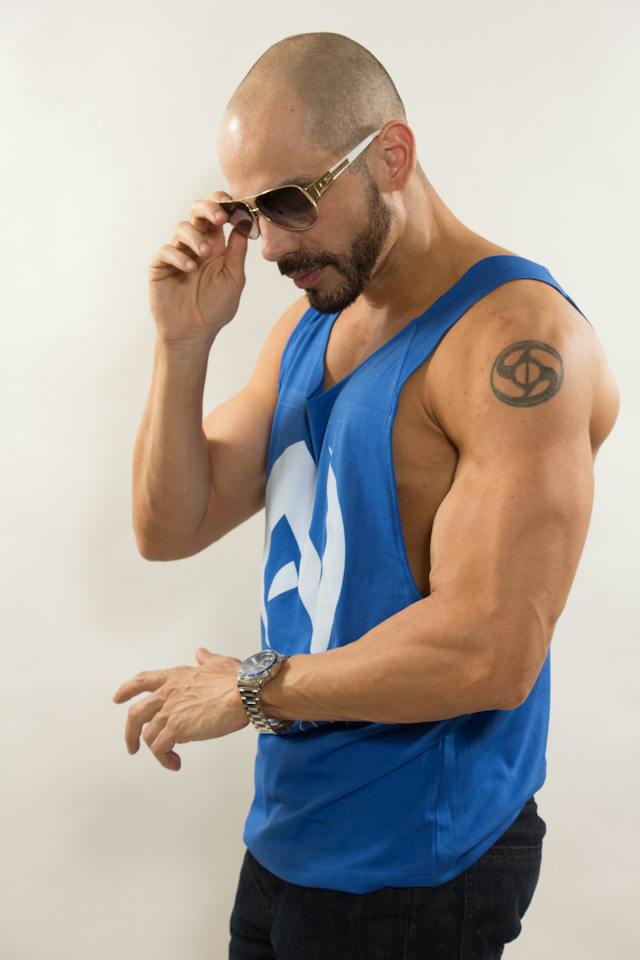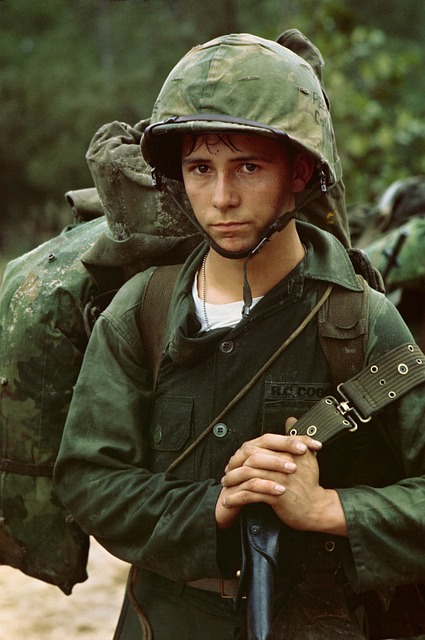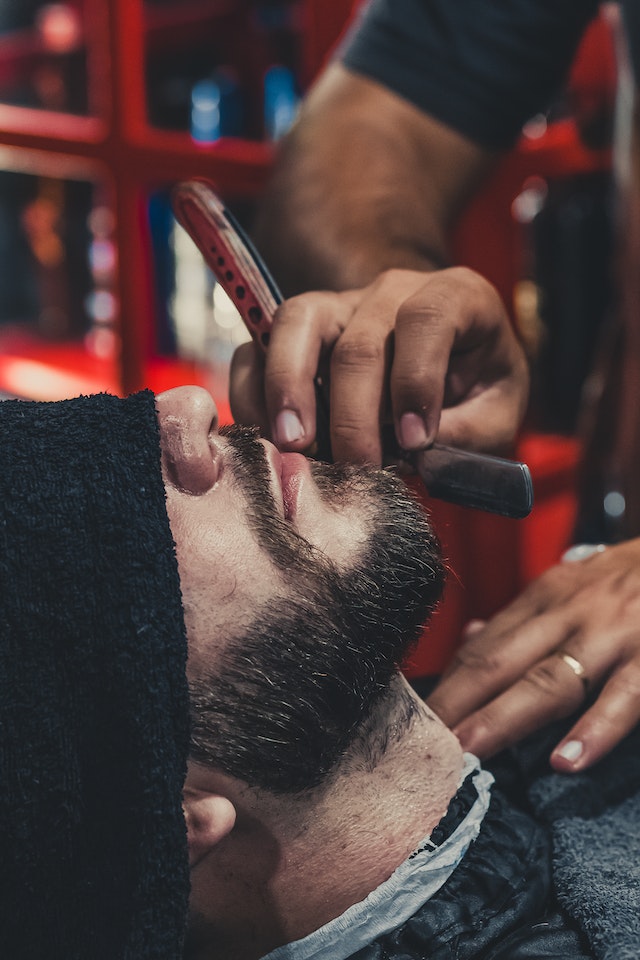Shaving is a skill every man possesses. It’s the key to liking what you see in the mirror, especially when sculpting an image you want to show the world. Learning how to maintain your facial hair is an excellent confidence booster, which will only ring truer as you grow older.

Why Some Men Lose Confidence
Most people develop self-assurance at a young age since love and acceptance come easy during childhood. It’s common to begin doubting yourself as life goes on, though. Society has a way of crushing our belief in ourselves. Getting an occasional reality check and eating humble pie is healthy to learn humility and keep our egos from over-inflating.
However, a truthful assessment of yourself shouldn’t lead to a crisis of confidence. It’s merely a setback necessary to appreciate your strengths and work on your flaws to be a better man. Eventually, you must rekindle self-love to face the world, holding your head high. Wet shaving — a grooming method involving water — is instrumental in regaining your faith in yourself.
The Psychology of Shaving
Shaving is a therapeutic process. This ritual aids mindfulness since it requires focus and attention to detail. It compels you to be in the present moment — a much-needed respite to forget your worries. This act of self-care calms the mind and gives you a sense of perspective about your life, guiding your hand to change your image and foster positive self-perception.
Trimming your facial hair also engages your senses. The sounds of washing your face, building the lather in a bowl and cutting the hair are stimulating. Lathering your mustache and beard and gliding a razor blade on your skin in rhythmic strokes are soothing tactile activities. The burning sensation of applying an antiseptic aftershave wakes you up from the trance. The reflection of an adequately groomed man in front of you is a sight to behold — a visual transformation symbolizing renewal.
Maintaining your facial hair also shows you care about your appearance. Whether you do it for yourself or others is irrelevant. What matters is you subliminally communicate to the world that you respect yourself enough to dedicate time to personal grooming. Therefore, they must respect you, too. Unkempt facial hair sends the opposite signal — an untidy look is a picture of nonchalance.
Shave regularly to exude confidence, attractiveness, and dominance in social settings, even if you secretly feel unsure or unappealing. Proper grooming can help you reframe the way you think of yourself, ultimately overcome impostor syndrome and psychologically train others to have a high opinion of you.
Shaving Is a Lost Art
Grooming oneself with a manual razor is a dying skill. Manscaping is what’s fashionable these days. Running an electric clipper, trimmer or shaver over hairy parts is convenient and gets the job done.
However, straight, shavette and safety razors persist for a reason. These traditional tools offer levels of control and closeness their electric counterparts can’t.
If you shave correctly, your manual razor blade will bevel on your skin and cut facial hair more acutely. This technique prevents stubble from appearing quickly and lets your newly groomed mustache and beard appear fresh longer.
What You Need When Shaving
Your shaving kit must include a manual razor, a facial cleanser, a shaving lather, a shaving brush and bowl, and an aftershave. Each item has variety, so explore your options and pick ones based on your preferences.
Cleansers can be scrubs or washes. Shaving soaps, creams, and gels produce lathers of varying consistency and texture. Regarding brushes, decide between going natural — boar or badger — and synthetic. Aftershave splashes have disinfecting properties and a perceptible fragrant smell, whereas balms hydrate dry skin and have no overpowering scent.
Putting lather on your face by hand is optional. It’s messy and can result in uneven application, but it’s faster. Speed is a nonfactor when practicing the art of shaving, so consider using a brush and bowl to enjoy the entire experience.
How to Shave Your Face Correctly
Shaving can be time-consuming, but there’s a method to the madness. Follow these eight steps.
1. Soak Your Brush in a Bowl of Hot Water
Your shaving brush must be slightly wet to whip up a thick lather. Place it in a bowl of hot water for a few minutes to soften its bristles as part of the prep.
2. Rinse Your Face With Warm Water
Ready your skin while your brush is submerged. Wash with warm water and your preferred cleanser to open up your pores and rid your face of dead skin, oil, and dirt.
3. Slightly Dry the Brush
After your skincare ritual, remove your brush from the bowl. Unlike synthetic brushes, natural ones have high moisture retention. You want your brush damp but not dripping wet to ensure robust lather generation, so tap out excess water if necessary.
4. Add the Shaving Product to the Bowl
Empty your bowl, put some shaving product in it and mix it with about a teaspoon of water. Whirl it with your brush in a circular motion for about 30 seconds until it resembles whipped cream. You’ll know you’ve achieved the ideal thickness when holding the brush upside down without the lather falling off quickly.
5. Lather Your Face
Apply the lather to your face using your brush. Apply it against the direction your hair grows — the grain — to cover all hair. Do it in front of a mirror to avoid missing a spot.
6. Shave With the Grain
Wet the razor with warm water to increase the cold metal’s temperature slightly for your comfort. A moist blade glides more smoothly, too. Lightly stroke the razor with the grain to avoid irritating your skin and causing painful rashes.
7. Wash the Lather Off Your Face
Rinse your face with warm water to remove the lather and see how close your shave is. Repeat steps five and six until you’re satisfied with the results.
8. Apply the Aftershave
Once you’re happy with your shave, wash your face with cold water to cause your blood vessels to contract and minimize bleeding from nicks. Use home remedies like ice, potassium alum or ground coffee to alleviate deep cuts.
Pat your wet face with a clean, dry towel and put on aftershave. The product — along with the cold water — will seal your pores and close the pathways bacteria may use to enter your body.
Build Your Self-Confidence One Shave at a Time
Mastering shaving is vital to boost your self-assurance. Increasing your confidence takes more than personal grooming but it’s an essential first step to feeling suave, and carrying yourself with pride and dignity.


